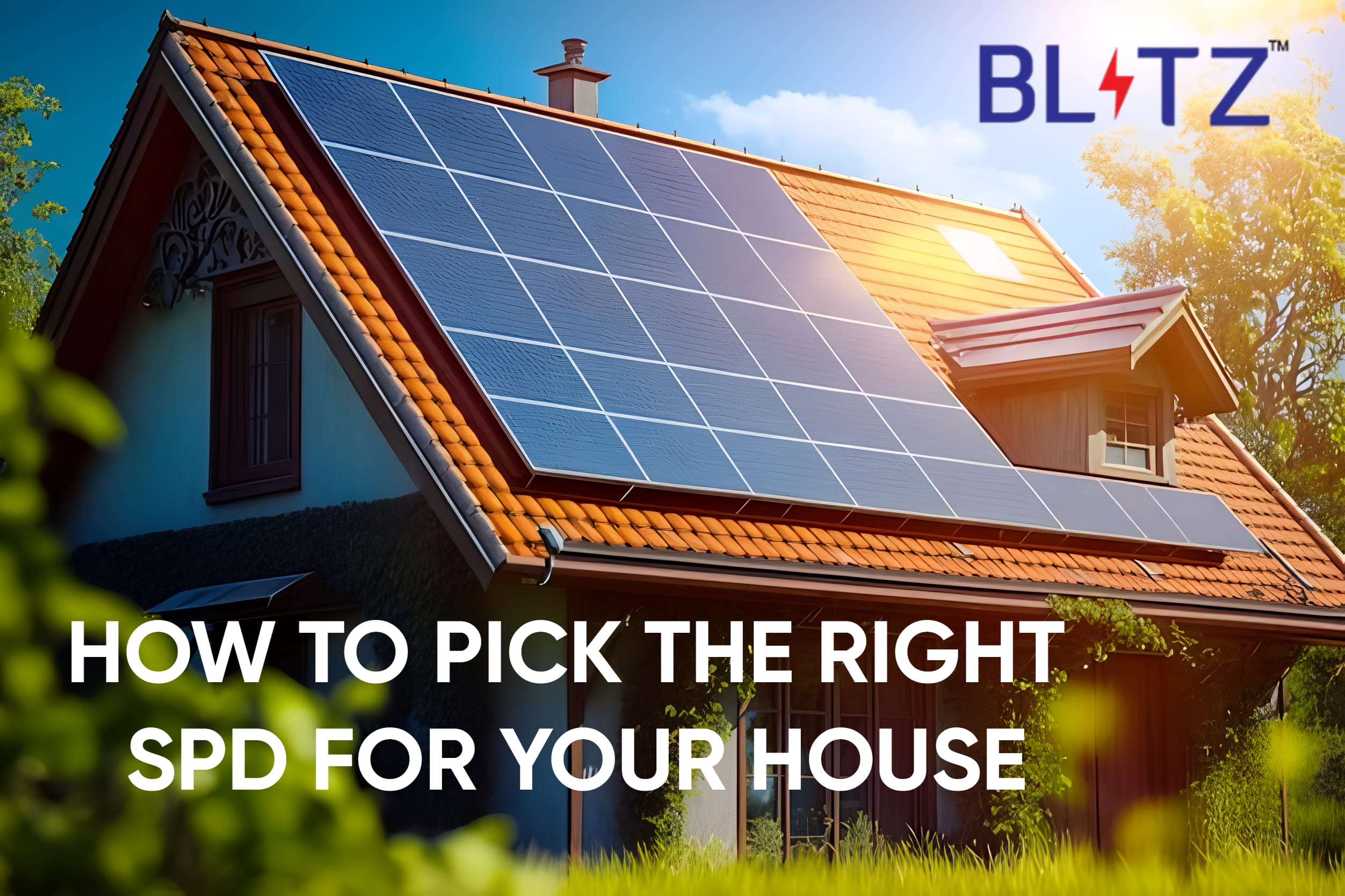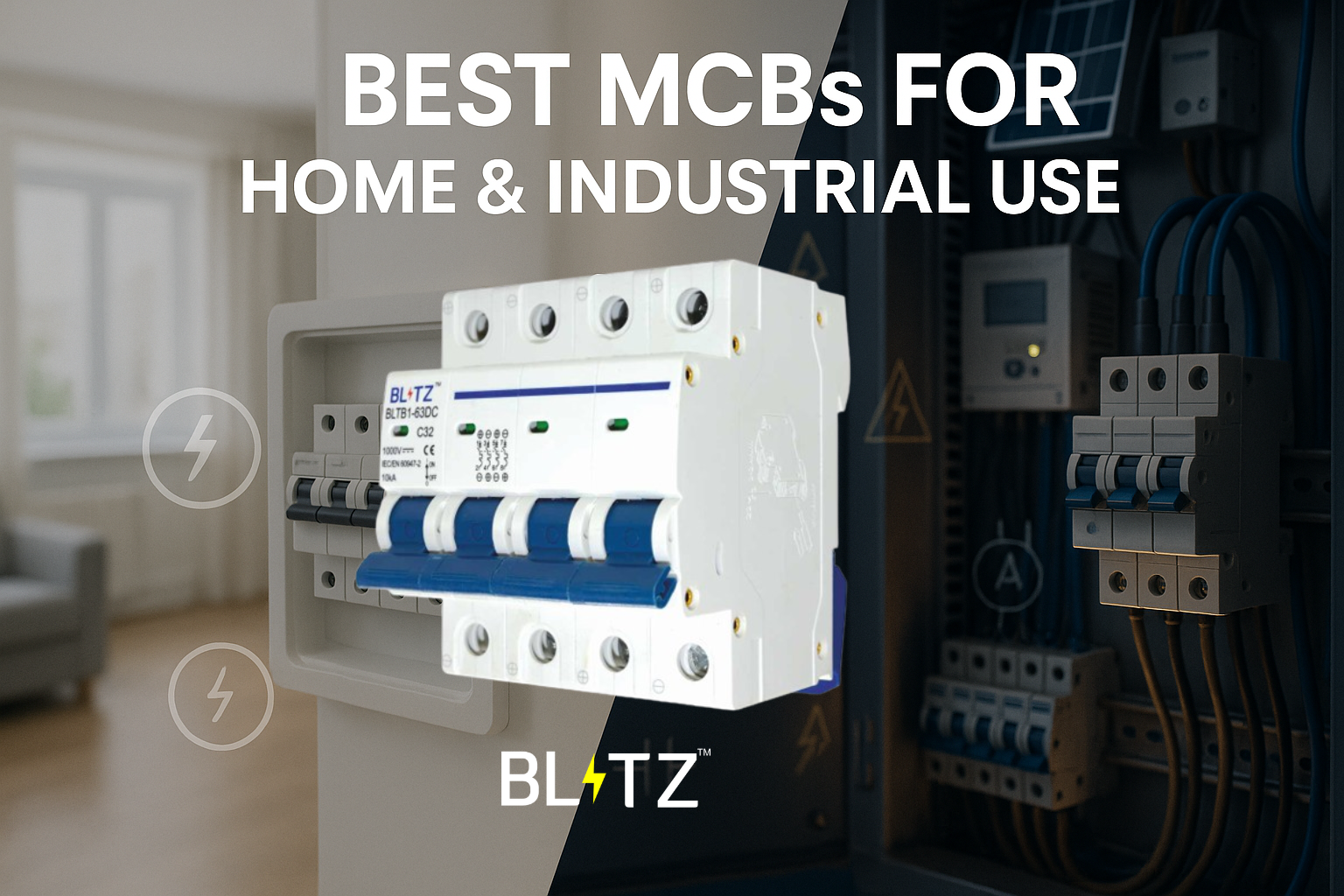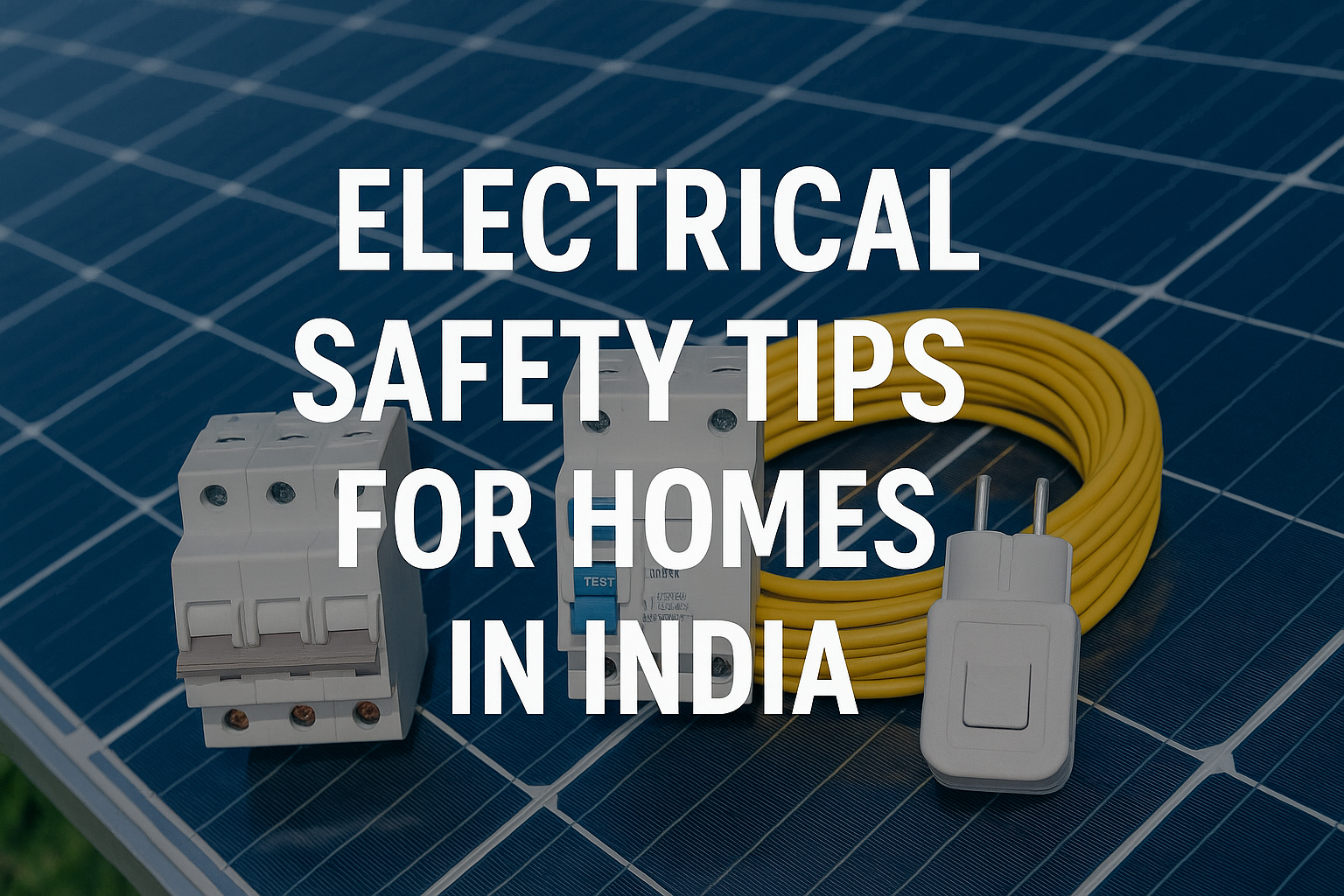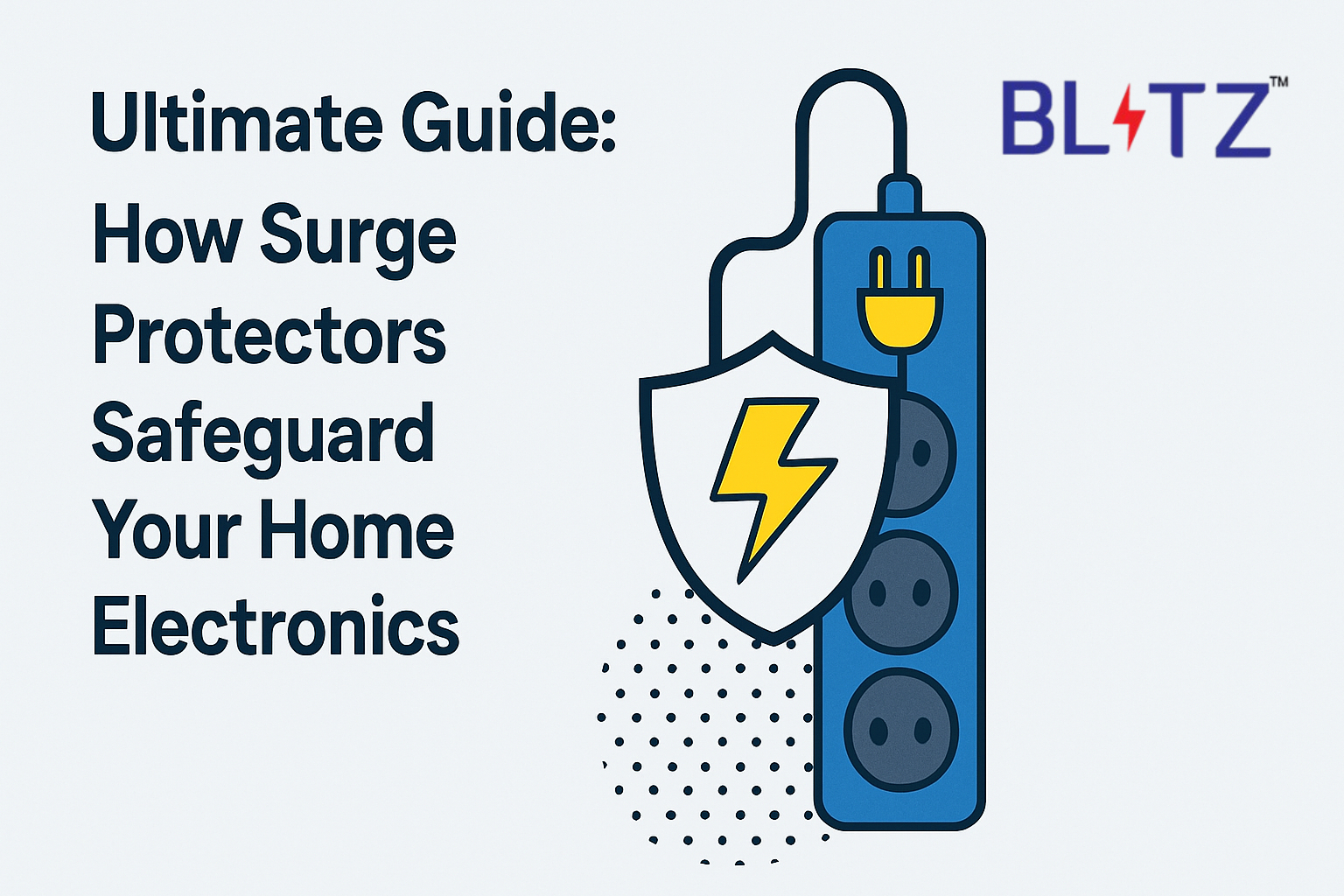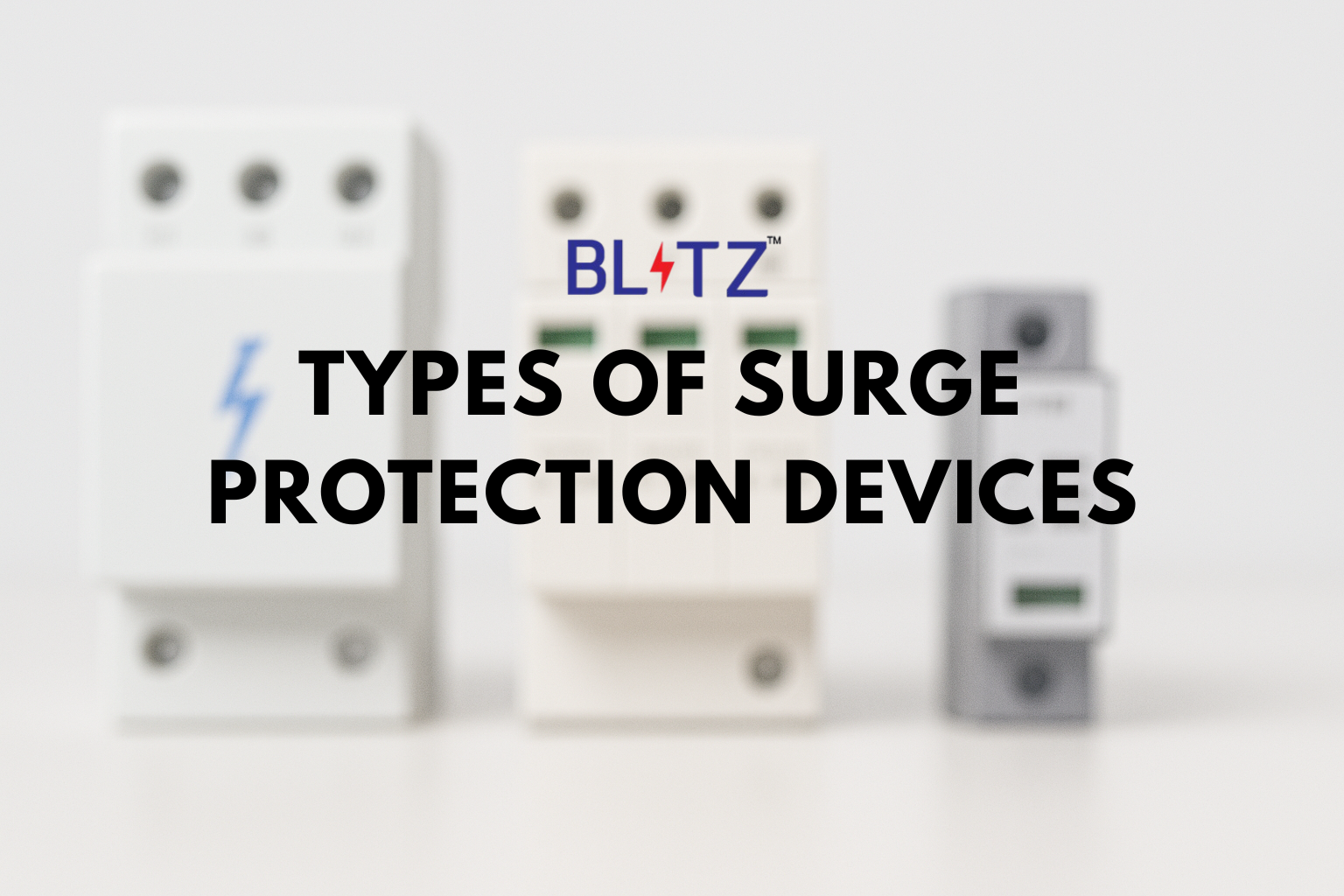
Types of Surge Protection Devices
Surge Protection Devices (SPDs) safeguard electrical systems from voltage spikes and surges. Different types like Type 1, Type 2, and Type 3 offer layered protection at various points in the power network.
Types of Surge Protection Devices
With the growing reliance on electronic devices and smart appliances in today's homes and businesses, power surges have become a serious problem. Power surges can happen for many reasons; however, as lightning or 'bolts' from the blue, depending on grid switching or internal electrical activities. Power surges are defined as higher voltage at the point of connection for a sudden moment in time, they may be instant but can potentially ruin your electrical systems, including the valuable electronics such as computers, and can result in data loss as well as trigger an electrical fire.
This is where Surge Protection Devices (SPDs) come into play.
However, not all SPDs are the same. There are 3 different types of Surge Protection Devices; each type of surge protection device has designed capabilities for a specific reason or function, installed in a location or space, and level of protection. Understanding the 3 types of surges protection devices is important to ensure layered and complete levels of protection for all electrical systems.
This guide will discuss different types of SPDs, applications for them, and how to choose an SPD for your home or facility.
What is a Surge Protection Device (SPD)?
A Surge Protection Device is an electrical device or system that protects equipment from transient overvoltages, or surges. The SPD responds to the surge and effectively conducts the excess energy to the ground to prevent it from entering your devices and causing damage.
Why are Surge Protection Devices important?
The term "surge" can be used to refer to many events due to either external events like lightning and utility switching, or internal sources such as motor-driven appliances and faulty wiring. Even small, repeated surges will wear out your electronics, especially covering their lifespan.
- Protect against costly equipment failure
- Improve safety
- Extend the life of electronics
- Minimize downtime in commercial facilities
The 3 Main Types of Surge Protection Devices
Surge Protection Devices are categorized by their location in the electrical system and the type of protection they offer.There are three types of SPD: Type 1, Type 2 and Type 3 classified according to IEC (International Electrotechnical Commission).
Type 1 SPD – Primary or Service Entrance Protection
- Location: Installed at the main electric panel or meter box (before the main breaker).
- Purpose: Protection from high-energy external surges primarily for those caused by lightning strikes and power utility switching.
- Key Features:
- Designed to handle direct lightning current or surge energy caused by lightning indirectly.
- Must be capable of discharging partial lightning currents (measured in kA).
- Provides the first line of defense in a surge protection system.
- Best For: Homes in lightning-prone areas, buildings with overhead service lines, locations where direct lightning is a risk.
Type 2 SPD – Secondary or Distribution Board Protection
- Installation: put in the main or sub distribution panels (beyond the main breaker).
- Purpose: Damping in case of residual surges radiated by Type 1 SPD, and internally generated surges produced by motors, compressors, etc.
- Features:
- Designed for indirect lightning and switching surges.
- Installed in parallel with the power supply line.
- Responds to surges in microseconds.
- Clamping voltage is lower than Type 1.
- Best For: Residential homes, offices, and commercial buildings. Most commonly used type of SPD in residential settings. Saves delicate devices and circuits like TVs, ACs and computers.
Type 3 SPD – Point-of-Use or Device-Level Protection
- Location: Devices are mounted close to the equipment, such as wall sockets or power strips.
- Purpose: The purpose is to protect individual appliances and electronics from low level surges.
- Characteristics:
- Overall, Type 3 are simply plug-and-play devices (like power strips with surge protection).
- Lower energy handling capability compared to Type 1 and Type 2.
- Offers fine protection for sensitive devices.
- Best For: Computers, TVs, modems, routers, printers, and other sensitive electronics. Best when used in combination with Type 2 SPD for layered protection.
Comparison Table: Type 1 vs Type 2 vs Type 3 SPD
| Feature | Type 1 SPD | Type 2 SPD | Type 3 SPD |
|---|---|---|---|
| Location | Main service panel | Distribution board | Near appliances |
| Protection Against | Direct lightning, utility surges | Indirect surges, internal surges | Residual surges |
| Installation | Before main breaker | After main breaker | Plug-in devices |
| Voltage Clamping | High | Medium | Low |
| Energy Handling | Very high | Moderate | Low |
| Best Used For | Whole-house protection | General circuit protection | Device-level safety |
Advanced Types of SPDs
- Data Line SPDs: Protect telephone lines, Ethernet cables, and coaxial cables from surges.
- DC SPDs (for Solar Systems): Used in solar PV systems to protect DC side components from voltage spikes due to lightning.
- Combination SPDs: Devices that offer Type 1 + Type 2 or Type 2 + Type 3 protection in one unit, useful for compact setups.
This guide will discuss different types of SPDs, applications for them, and how to choose an SPD for your home or facility.
Read more:
How to pick the right SPD for your house →
Layered Surge Protection Strategy
One surge protector is not usually sufficient. To be as safe as possible, professionals advise layered strategy:
- Type 1 SPD at the main electrical panel for overall surge blocking.
- Type 2 SPD at sub-panels to protect internal circuits.
- Type 3 SPD at the plug-point level to protect individual devices.
This three-tiered approach guarantees maximum protection from external and internal surges.
The Best Way to Choose an SPD in Your Home
This is a brief checklist of what to look at when it comes to selecting a surge protection device:
- Voltage Rating - You must make sure that it is compatible with your supply system (230V in India)
- Maximum Discharge Current (Imax) - The higher the better to handle strong surges.
- Response time - You need to find devices that state their times in microseconds or nanoseconds.
- Mode of Protection - L-N; L-PE; N-PE protection should be checked.
- Certification - IS/IEC 61643-11 rating.
FAQs
Conclusion
Surge protection is no longer a modern convenience, it is now a crucial must-have in every residential and commercial space. As we deal with daily voltage fluctuations, loads/wattage switching internally from our loads, and lightning from clouds, any home in India can easily be compromised by surges.
Know the types of surge protection devices (Type 1, Type 2, Type 3) to form a layered approach in protecting your appliances, electronic devices and whole electrical system.
Once you experience a surge, it can be virtually irreversible and too late to consider most surge protection devices. Identify the SPDs that suit you today, and protect yourself from sudden and numerous bursts of still voltage spikes.
